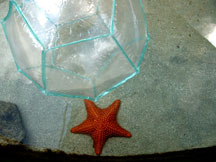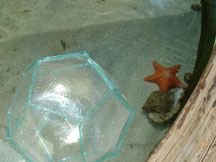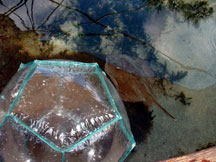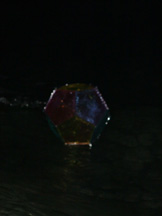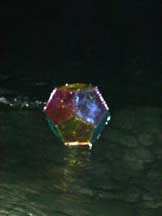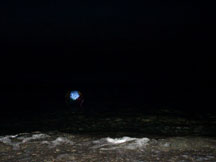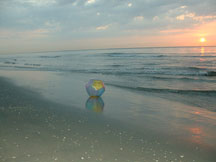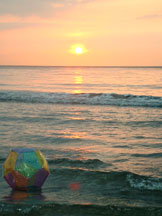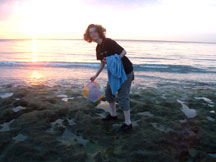|
|
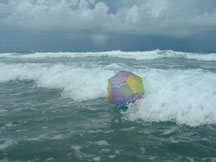
|
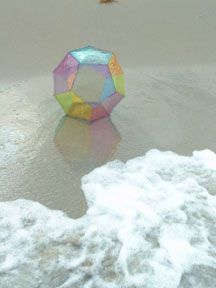
|
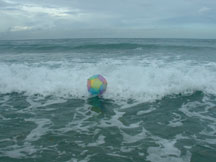
|
The dodecahedron has 12 pentagon faces, 20 vertices, and 30 edges. The dual of the dodecahedron is the icosahedron (by interchanging the number of faces and vertices), with 20 faces, 12 vertices, and 30 edges. The ocean pictures taken in daylight are from this summer 2003 in Boca Raton. Then come photos taken last summer 2002, also in Boca Raton, with my collapsibles floating in a marine tank at the Gumbo Limbo Nature Center. Following those are photos from Summer 2002 taken at the ocean as the sun was rising
|
||
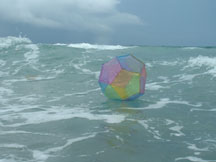
|
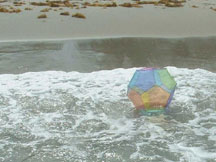
|
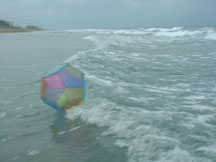
|
|
|
||
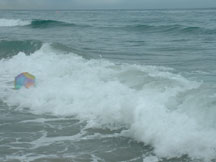
|
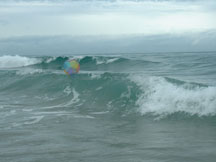
|
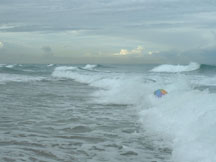
|
|
|
||
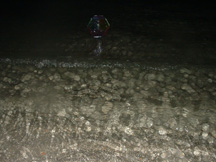
|
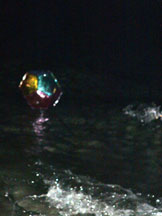
|
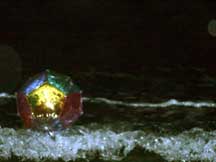
|
|
The picture on the left needs to be enlarged to see it. The middle and right pictures have been lightened, as it was still near total darkness when these were taken. |
||
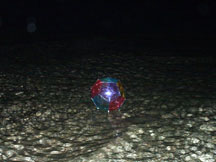
|
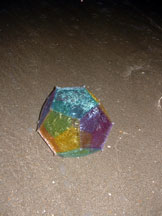
|
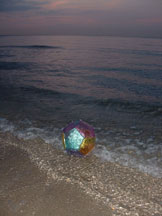
|
|
None of these are lightened beyond the flash of the camera. |
||
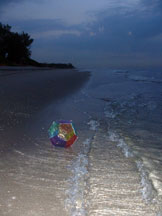
|
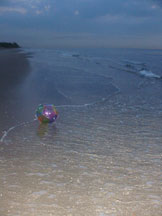
|
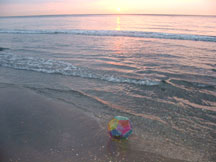
|
|
|
||
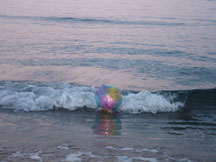
|
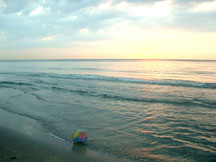
|
|
|
|
| Frequently Asked Questions |
|
The contents of this web page are © Copyright Gayla Chandler. Permission must be sought for all but personal use for study or enjoyment. |
